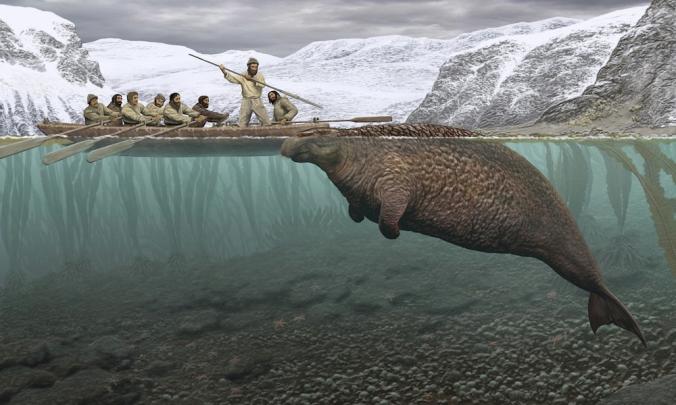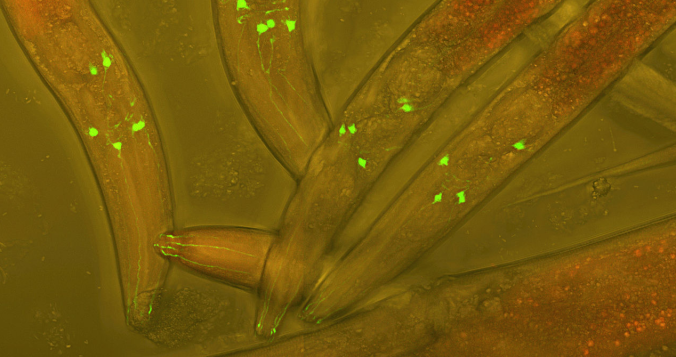
ILLUSTRATION COPYRIGHT CARL BUELL
The Steller’s sea cow is gone. This mega-manatee swam the North Pacific for millions of years, and then in the 1700s humans hunted them to extinction. Today on the front page of the New York Times, I write about a warning from a team of scientists that if we keep on doing what we’re doing now–industrializing the ocean and pouring carbon dioxide into the atmosphere in greater and greater amounts–a lot of other marine animal species will go the way of the Steller’s sea cow.
Yet this story is actually a fairly hopeful one. The scientists compared the pace of extinctions at sea to those on land and found that the oceans are basically where the land was in 1800–with relatively few extinctions yet, on the verge of massive changes to the habitat that could wreak much bigger havoc. The oceans still have a capacity to recover, if we choose to let them.
Continue reading “Sitting on a Cliff Vs. Falling Off a Cliff”

